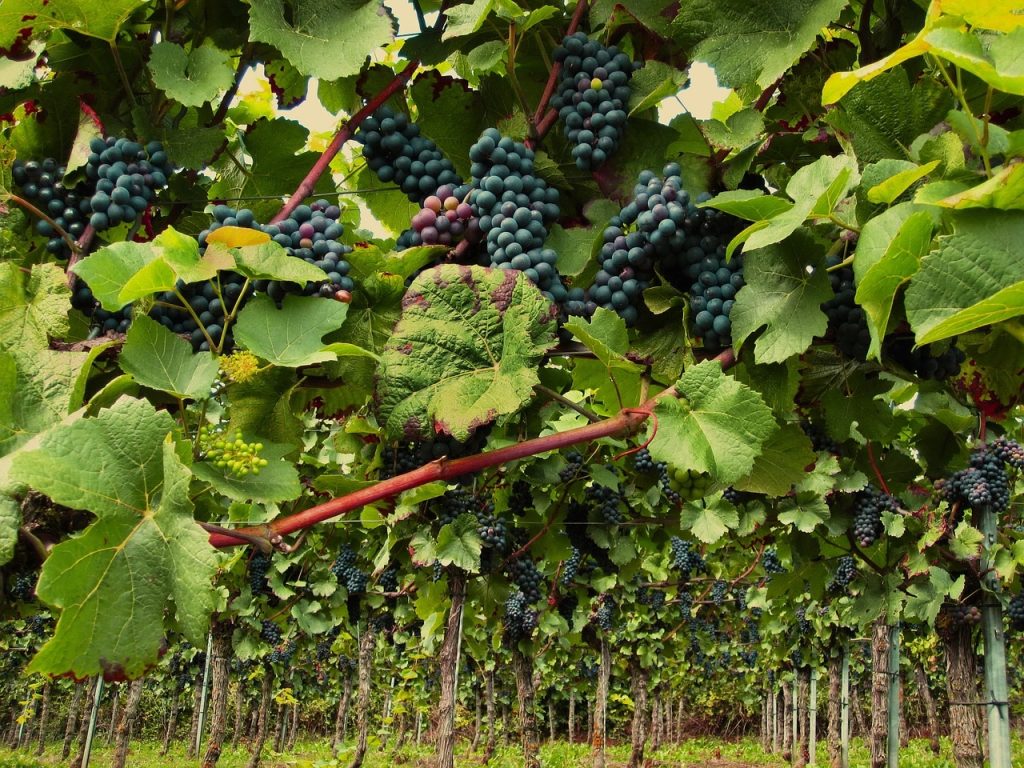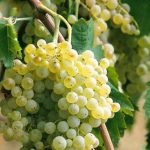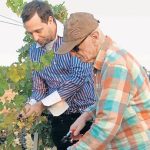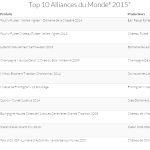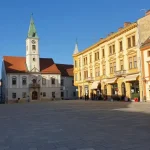“I harvested all my grapes on January 6, so there will be no ice harvest 2017. I will have a ‘regal’ late harvest wine from dried grapes,” said Boris Drenški from Hum na Sutli, the king of sweet wines, whose cellar is too small for the walls to hold all the recognitions from some of the most significant global competitions. Grapes of Chardonnay and Pinot Blanc were dried on vines, natural sugar was concentrated and the weather forecast did not hint that in the coming weeks temperatures would fall way below zero for them to freeze, so there was no reason to wait. Besides, a late harvest of dried grapes is the highest level for predicate wines.
The must needs to have 154 degrees of sweetness according to Oechsl, 27 more than for an ice harvest. Winemakers who choose a late harvest of dried grapes may sell it harder than the ice harvest, which is more interesting for marketing, but wine lovers will not miss out. Bottles filled with a scented and dense liquid similar to honey will hold much more natural wine sugar. In both harvests the grapes need to be infected with a noble mould which gives the wine a special scent.
The late harvest of grapes is the third for which a noble mould is obligatory. Grapes need to be overly ripe, only chosen grapes are pressed, and sweetness in the must needs to be just like the ice harvest, 127 Oechsl. Wines from these three types of harvests are generally sweet as the natural sugar in the grapes is so abundant that the yeast cannot convert it all to alcohol. Lower levels of predicate wines are by Croatian regulations elective harvest and late harvest.
The elective one uses chosen grapes, and sweetness must be at least 105 Oechsl, while a late harvest needs to have at least 94 Oechsl. In both categories the wines can be dry, but they will have hefty alcohol. Conversion of 94 Oechsl amounts to around 13 percent alcohol, while 105 Oechsl gives nearly 15 percent alcohol, which is a lot for red wines, let alone white wines. But they do exist.
If vine growing and winemaking were simple affairs, due to the assumption that there won’t be any ice harvest this year, we could expect the 2018 harvest to be sensational. According to available data, the last year without ice wines was 2010. A year later came certain wines which are still winning at competitions.
If vine growing and winemaking were simple affairs, a great year could be expected on the count of weather as well. Data from the Meteorological and Hydrological Service states the 2010/2011 winter was above average warm, and so far the current one is too. But vine growing and winemaking are not simple and it is impossible to predict the quality of the harvest as vegetation was not supposed to begin. If it did, that could create more problems than benefits. Besides, the symbolic vineyard pruning, an introduction to the vine growing season, is yet to come on January 22. If we cannot predict what the 2018 harvest wines will be like, we can enjoy those from the 2011 harvest. If there are any left.
Translated from Vino.hr.

